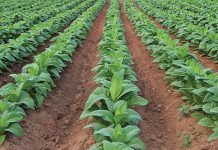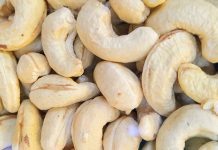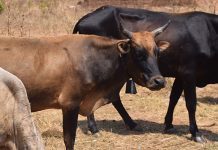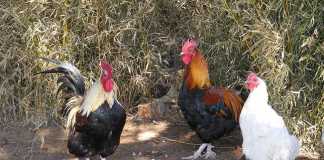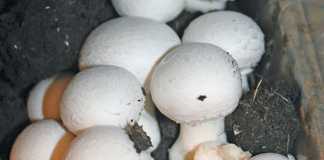
Photo: FW Archive
According to the agricultural ministry, in the 2022/23 farming season, Zambia’s maize output was 3,3 million tons, slightly lower than the 3,6 million tons produced in 2021/22.
Zambia has induced a robust food production and doubled its maize production in the past 20 years, said the ministry, aided by increased area and productivity, prompting neighbouring countries and beyond to look to Zambia to plug their deficit of the crop.
This year, Zambia exported 60 000t of maize to various countries with northern neighbour the DRC accessing more than 6 000t and Rwanda about 4 000t, while private buyers across the continent also procured the crop to plug their deficit spurred by climate change effects.
In May this year, the ministry said the total carry-over stocks held by farmers, millers, grain traders and the country’s food agency was 450 891t, with production expected at 3,3 million tons. Carry-over stock available in the recent marketing season was four million tons.
Despite the high productivity rate of maize, the country experienced various climatic change effects, including late rainfall, floods, dry spells and crop diseases, where more than 91 981ha of land were destroyed by heavy rains and flash floods.
A total of 219 610ha under crop production was damaged by the dry spell. A total 319 611ha was damaged by dry spells, flash floods, stalk borers and fall armyworm.
Maize surplus recorded was 470 379t, implying the country would need to import 3,24 million tons to meet consumption for a population of about 20,4 million, including industrial consumption.
The government said that the national food balance sheet showed the country had recorded a net deficit of 46 855t of paddy rice, as well as a net deficit of 108 561t of wheat during the period under review.
The government said that food output has been bolstered by a 2,5 million rise in small- and medium-scale farming households.
To enhance sustained food output, Zambia has adopted the Comprehensive Agriculture Transformation Support Programme, a policy anchored on policy instruments and legislative reform to stimulate production, increase value, and the uptake of climate smart technologies.



